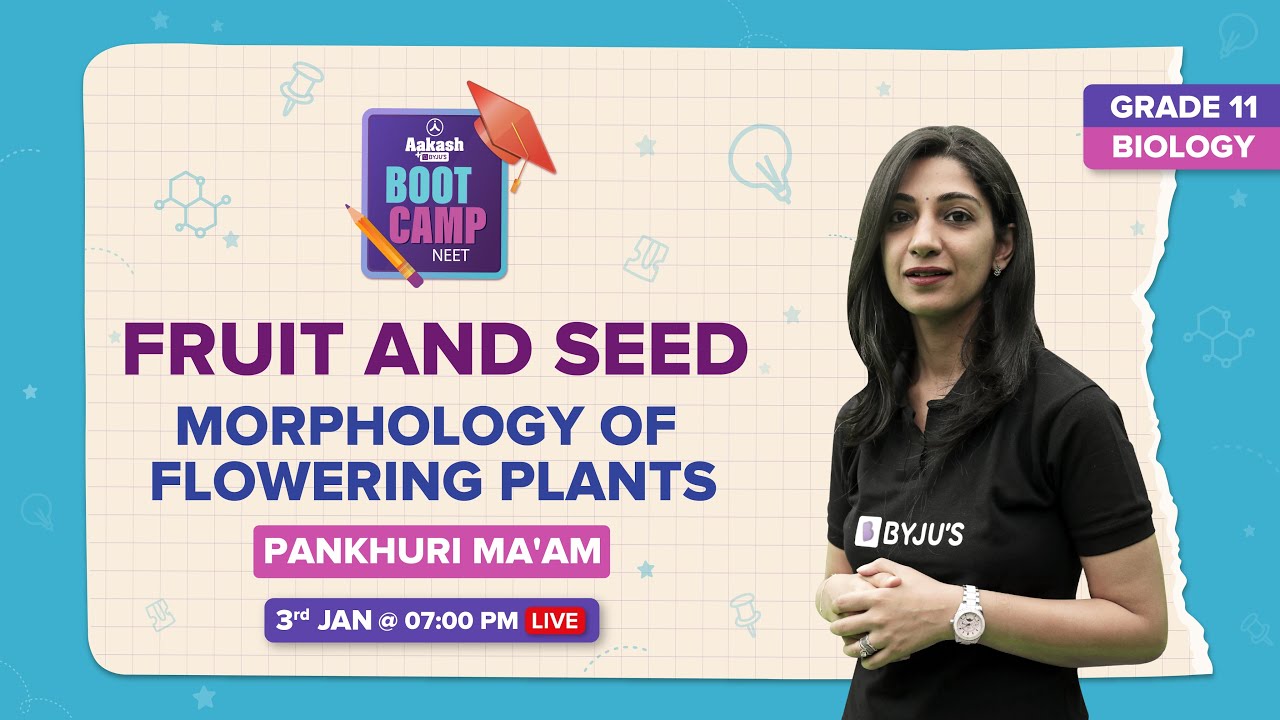Under favourable conditions, seeds germinate into new plants by breaking their dormancy. During this process, the plumules of the embryo show negative geotropism and emerge as shoots. Whereas, the radicles are positively geotropic and emerge as roots. Here, let’s have a look at the differences between the terms germination and emergence in seedlings.
Table of Contents
Germination
Seed germination is the process by which an embryo develops from a seed to a seedling under favourable conditions. The seed begins to develop into a new plant when environmental conditions are favourable. To begin with, seeds imbibe water in order to trigger the hydrolytic enzymes. Other factors like oxygen, temperature and sunlight all have an impact on seed germination. Seed cotyledons store food for the developing embryo. The components like starch, proteins and fats stored in the endosperm are used to produce the energy needed for cell divisions and metabolic activities in the embryo during germination. Water aids in the transport of these soluble food materials to the seed’s growing parts, primarily the radicle and plumule. The seed’s radicle forms the root first, which grows beneath the soil and absorbs minerals and water. Following this, the plumule rises upwards to form the shoot.
Epigeal and Hypogeal Germination
Hypocotyl in a germinating seedling is the base stem portion found above the radicle and below the cotyledons. The embryonic shoot above the cotyledons is termed epicotyl.
When the cotyledon is pushed out of the soil during germination, it is called epigeal. This is due to the hypocotyl’s rapid growth and elongation. Here, the epicotyl’s length remains intact. Examples – Tamarind and beans. In a hypogeal type of germination, the cotyledons remain beneath the soil because of the rapid elongation of the epicotyl. It is most common in monocotyledonous seeds. Examples – Maize and rice.

Emergence
When embryos are actively growing during germination, seedlings emerge. This process is specifically termed ‘seedling emergence’.
- The embryonic root or primary root (radicle) is the first part of the plant to emerge from the seed. It enables the seedling to become anchored in the soil and begin to absorb water.
- An embryonic shoot (plumule) emerges from the seed after the root absorbs water. This shoot is divided into three sections – the cotyledons (seed leaves), the shoot above the cotyledons (epicotyl), and the shoot below the cotyledons (hypocotyl). Plant groups differ based on how the shoot emerges.
- A coleoptile and a coleorhiza cover the embryo’s cotyledon and radicle in monocot seeds, respectively. The coleorhiza emerges from the seed first, followed by the radicle. Then the coleoptile is pushed upward until it reaches the soil surface. There, it stops growing and the leaves emerge.

See more:Parts of a Seed
Difference between Germination and Emergence
| Germination | Emergence |
|---|---|
| The term describes the process of the development of seeds into plants. | The term denotes the emergence of seedlings from the soil. |
| Here, the seeds imbibe water and initiate biochemical events that are vital for seed growth. | The growth is seen as the plumule and radicle emerge upwards and downwards in the soil respectively. |
Do explore BYJU’S Biology to learn more such exciting ‘difference between’ concepts.
Also Check:
| Difference between Radicle and Plumule |
|---|
| Difference between Sapling and Seedling |
Recommended Video:
